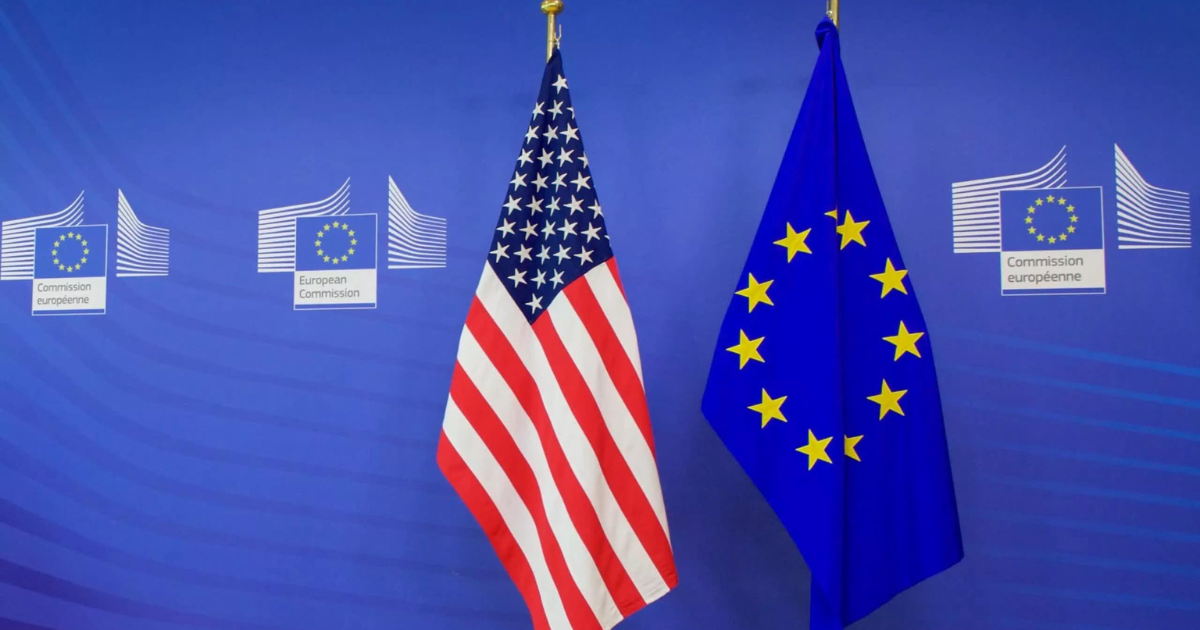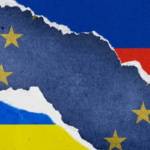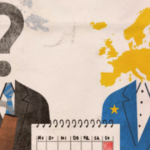Espionage, an age-old practice in international relations, is a reality involving both adversaries and allies. While conventional adversaries are expected to engage in spying activities, it is crucial to recognize that even close allies have been involved in espionage against the United States. The National Security Agency (NSA), a central intelligence agency of the US, maintains secret intelligence-sharing pacts with at least 41 countries, including several in Europe. Additionally, the Five Eyes alliance, comprising the US, UK, Canada, New Zealand, and Australia, is renowned as one of the most secretive intelligence-sharing coalitions globally.
One notable disclosure that brought this issue to light was the revelation by Edward Snowden, a former NSA contractor, exposing the extensive surveillance activities conducted by the NSA. These activities included monitoring phone calls, emails of foreign leaders, and collecting vast amounts of data globally. The disclosure strained diplomatic relations and raised concerns among U.S. allies regarding privacy and trust. Revelations of US spying in Europe, for instance, have significantly strained transatlantic relations.
During the Cold War era, both Eastern and Western European countries, alongside the Soviet Union, engaged in extensive spying against the United States. However, espionage has persisted beyond the Cold War, with instances of countries like Germany and France conducting significant spying operations against the U.S. For instance, the German Federal Intelligence Service (BND) was caught spying on American institutions, highlighting the breadth of these operations.
This analysis is further enriched by historical instances, including South Korea’s espionage activities during the 1970s and Australia’s espionage case involving Christopher Boyce. It also highlights modern instances, such as the Israeli “StingRay” incident in 2019, underscoring the continuous evolution of spying methods and technologies.
Moreover, the analysis delves into the depiction of espionage in popular culture through movies like “The Good Shepherd” and the French series “The Bureau.” These portrayals offer a glimpse into the world of spies, showcasing the blurred lines between friend and foe and the intricacies of intelligence operations.
In addition to instances of espionage between the United States and its allies, reports from the Swedish Defense Research Agency underscore the extensive web of spying activities even within Europe. The agency’s report reveals that European countries have not only engaged in espionage against the United States but have also conducted surveillance operations against each other. This intricate network of intelligence gathering among European nations and its extension to the US accentuates the complex dynamics of modern espionage, blurring traditional lines of friendship and rivalry.
Furthermore, the 2023 Annual Threat Assessment of the US Intelligence Community reinforces the global reality of intelligence threats faced by the United States. While the report acknowledges the presence of threats from various foreign intelligence services, it notably refrains from singling out European countries explicitly. This acknowledgment reaffirms the multifaceted nature of the intelligence landscape, emphasizing that threats are not confined to any particular region or set of nations. The omission of explicit mention showcases the nuanced approach required in comprehending intelligence challenges in an interconnected world.
For a comprehensive understanding of espionage among allies and its implications on international relations, it’s essential to explore reputable sources. Reports from organizations like the BBC provide insightful coverage of espionage incidents, including the Snowden revelations and international reactions to them. Academic journals such as the International Journal of Intelligence and CounterIntelligence delve into the history and dynamics of espionage, offering scholarly perspectives.
In conclusion, the reality of espionage among allies is a complex interplay of strategic interests and evolving technologies. While diplomatic relations may be strained temporarily, it is a practice deeply embedded in international relations, reminding us of the multifaceted nature of global politics.






